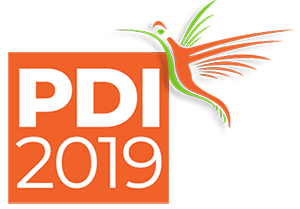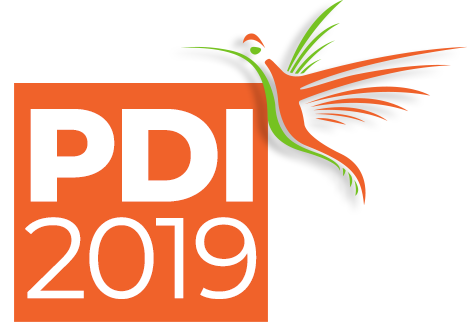Dr. Goumenou Marina


Dr. Goumenou Marina
University of Crete
European Cosmetics’ Regulation: Past, Present and Future
Author: Marina Goumenou
The use of cosmetics has prehistoric origins. Evidence for the use of pigments for the body decoration is thought to be 100.000 years old. With the industrialisation of cosmetics production at the beginning of the 20th century, the first European directive was enacted in 1976 (Directive 76/768/EC). The thorough re-evaluation of that directive, through various amendments, led in 2009 to Regulation (EC) N° 1223/2009, the main regulatory framework for complete cosmetic products on the EU market. This EU-wide Cosmetics Products Regulation covers the use of modern technologies, including nanomaterials, and came into force in July 2013.
A milestone in the development of cosmetics’ regulation was the ban on marketing animal-tested final cosmetics products in 1993, further leading during 2003 to the subsequent ban of animals’ testing and coming fully into force in 2013. The consequence of addressing the ethics of animal welfare was an increased activity in the development of alternative-to-animal testing methods (NAM). These are increasingly proving to be of value in other areas of toxicology although the range of tests required to cover toxicological endpoints of regulatory importance continues. Further research is required to realise a fully animal-free testing toxicology paradigm.
Short CV
Marina holds a Diploma in Chemistry, an MSc in Analytical Chemistry and a PhD in Toxicology. She is a European Registered Toxicologist (ERT) with 20+ years of experience working in research institutes (EC DG JRC, BPI), regulatory bodies (EFSA, GCSL, BPI), and collaborating with the academy (UoC), in national and international level. Due to her multidisciplinary academic background and professional experience see has thorough knowledge of the needs between regulators and researchers.
To date, she authored or co-authored, 31 peer-reviewed articles, 2 book chapters, and over 40 EC/EU Scientific opinions and Policy Reports. She also presented 35 scientific presentations in international conferences and workshops. She is a guest editor for the Special Issue of Toxicology Letters “Toxicology for Real-Life Risk Simulation” and she regularly serves as reviewer of peer review papers for 2 Elsevier Journals of Toxicology meaning Food and Chemical Toxicology and Toxicology Letters.
Areas of expertise:
Human health Risk Assessment
Mixtures Toxicology
Endocrine disruption
Adverse Outcome Pathways
Designing and monitoring of in vivo toxicological studies
Exposure assessment
Interpretation of toxicology data and drafting of study reports
Derivation of toxicological reference values
Ontologies and OHT templates
Pesticides, food additives, food enzymes, contaminants, cosmetics
Implementation and auditing of ISO17025
Development and full validation of analytical methods for pesticides, food additives, and contaminants in various substrates
Project management
Biostatics, chemometrics, and modelling
Databases development
Contactează operatorul PDI 2019
Operatorul PDI 2019
Adresa: Str. A. Panu nr. 13, Iasi
Tel.: 0332.40.88.00-05
E-mail: inscrieri@pdi.ro/2019
Website: www.eventernet.ro
